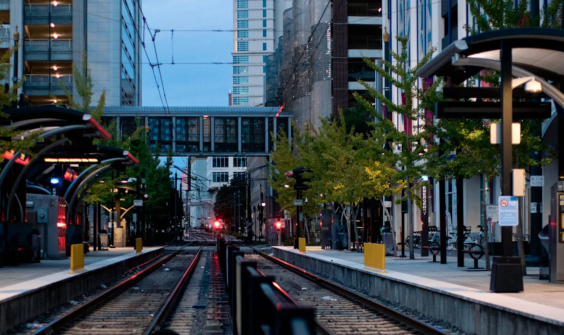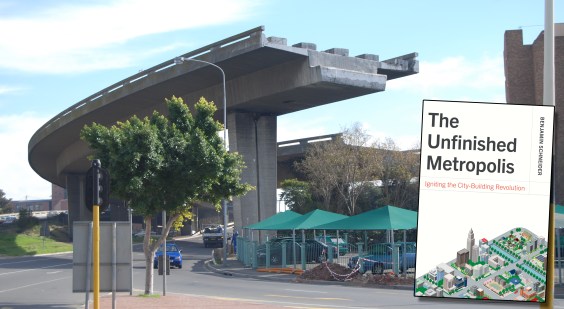
Employees at the Mayo Clinic in Rochester, Minnesota, have to accumulate 13 years of service time before they get an on-site parking permit. To get a sense of how much employees become invested in this system, check out this YouTube video of one man's elation the day he gets his parking privileges (and notice how towering parking garages dominate the landscape).
With the clinic planning a major expansion, the days of convenient downtown parking are never coming back, writes Adam Ferrari at Streets.mn. But some people are still going through the five stages of grief -- denying that transportation problems have to be solved without relying on more car storage, and lashing out in anger at people who suggest otherwise. It's time to accept that parking isn't the answer, Ferrari says:
Here me out: there will never be enough parking.
What isn’t unique to Rochester, is that there is actually far more parking than there are people. In America, the estimate is roughly 800 million parking spaces (for a population slightly over 300 million in our country, and far fewer drivers than that). We don’t have a supply problem. This is a demand problem...
The sad part is that for the vast majority, there is no alternative. Decades of infrastructure built around supporting car travel has left little in the way of transit oriented development patterns. That is the sad part. We have a virtually non-existent transit system and this disproportionately affects the elderly and the poor. We have created more and more housing, further and further from the employment centers thus requiring our workforce to own (and maintain) a car.
More collective effort needs to be spent in establishing a robust transportation system, while at the same time we decrease the prioritization of the single occupancy parking trip to downtown. Accept reality on reality’s terms. We can never give up the automobile, but it may take a different position in our list of transit options. As the Med City Beat editor Sean Baker so succinctly explained, “Does this mean drivers will stop parking downtown altogether? No, of course not. But it means Rochester is going to have to develop new and more efficient ways of transporting patients, residents and workers.”
Elsewhere on the Streetsblog Network today: The Urbanist considers what should be done with Seattle's "ramps to nowhere," the vestiges of a highway project that was beaten back by protests in the late 1960s. And Steven Can Plan weighs the pros and cons of creating a transportation "lockbox" in Illinois.





